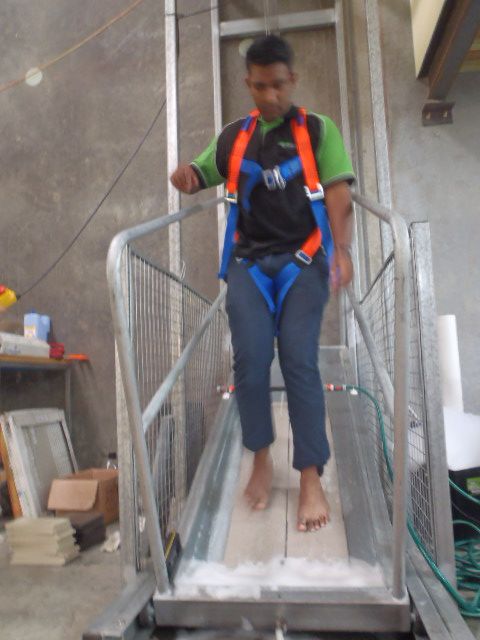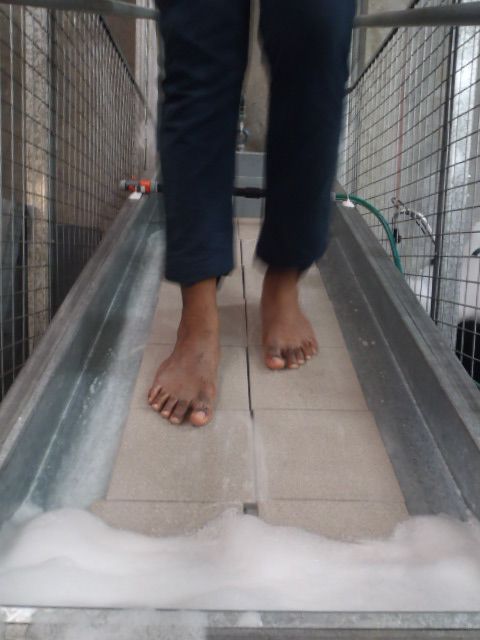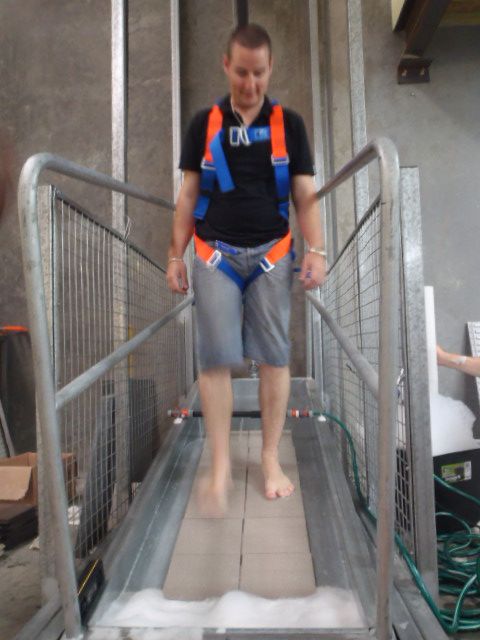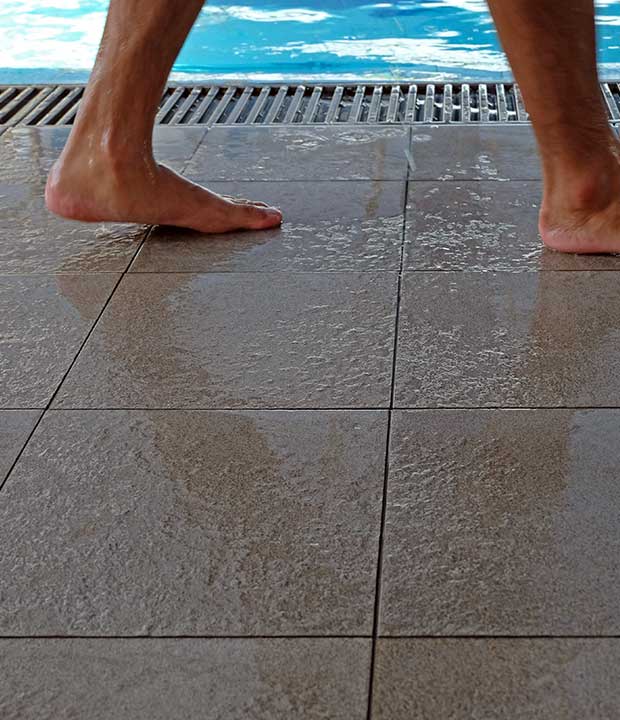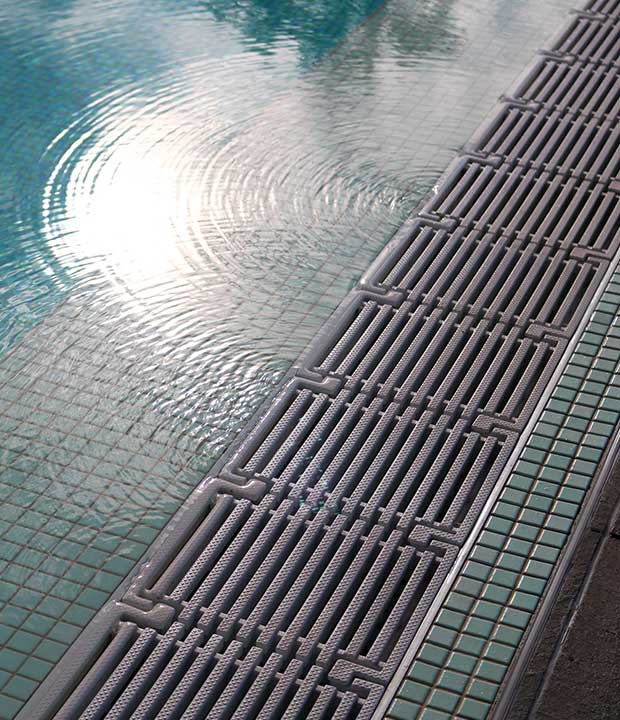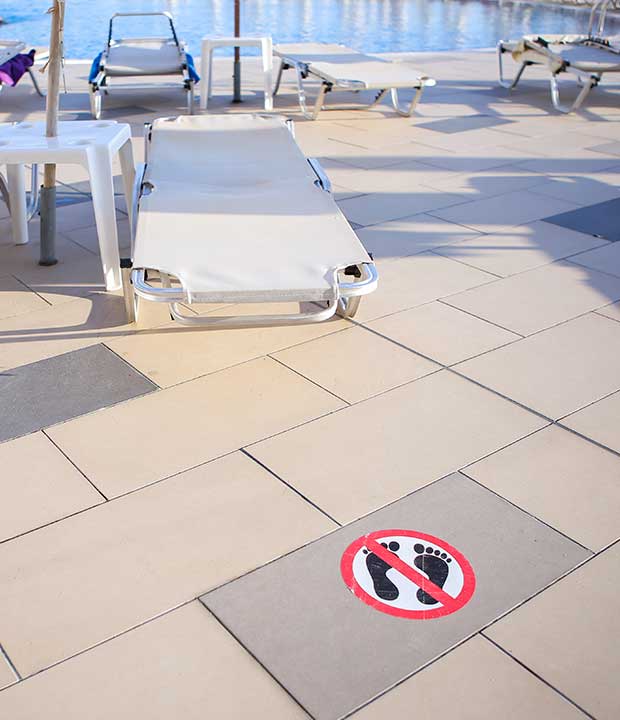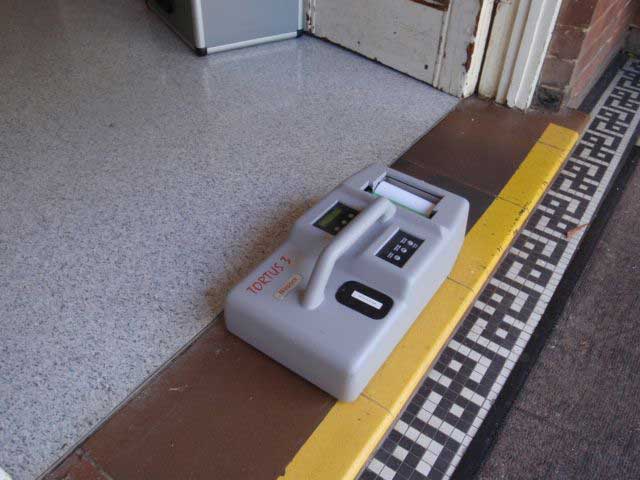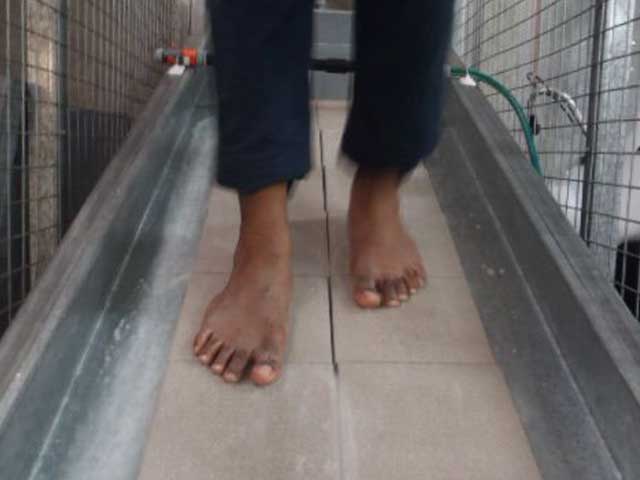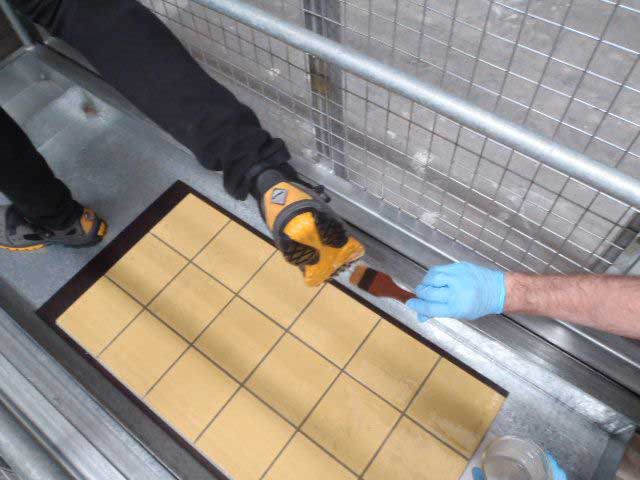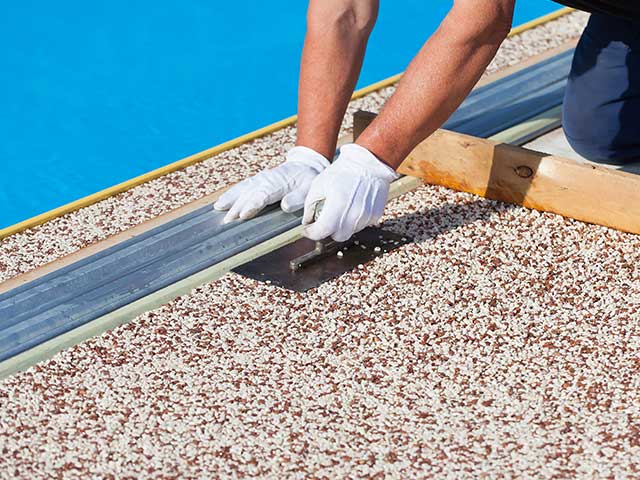Wet barefoot inclining platform test (AS 4586 Appendix C) is a test to assess the slip resistance of situations where people will likely be barefoot and subjected to wet water surfaces, such as swimming pool surrounds and the like.
The floor safety standard for testing new floor surfaces is AS 4586 with the wet barefoot inclining platform test being listed as Appendix C and provides us with the A, B and C Quality Group or Classifications .
How is the wet barefoot inclining platform slip test conducted ?
Our principle materials scientist Mr Carl Strautins often reflects in presentations as to on how enjoyable this floor test is.
“My first day at CSIRO was interesting when at morning tea time we placed our feet in a foot spa, read the paper and drank a cup of coffee. We were getting paid for this as it is preparation for the test.”
By soaking feet in a foot spa for 15 minutes, this softened the skin it provide a consistent test foot. The softening of the skin generally makes the foot a bit more slippery. The test is conducted with two people are attached to a harness who walk on a test panel. The test panel is then inclined with the test personnel walking backwards and forwards at a specific walking pace, looking down and keeping an upright posture. If this is conducted twice without the test personnel slipping, then the platform is increased and the test is repeated. When the test personnel slip, then they repeat to confirm the slip, and measure the angle at which they slipped. This angle or gradient is averaged between the two test personnel, and then compared with previously calibrated panels to confirm the classification.
For more information of the wet barefoot ramp ratings and testing of ceramic tiles, stone, vinyl and other flooring surfaces, please contact us at Slip Check to help guide you through the process.
Be absolutely assured. Safe Environments is NATA accredited for Noise testing
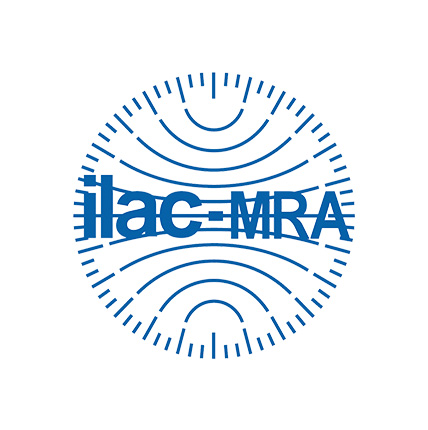
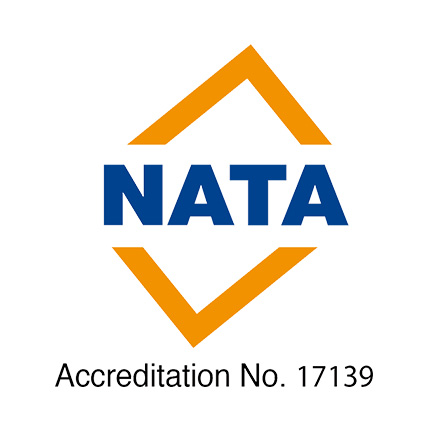

Ensure a Safe Environment
For more information on noise testing or management please contact one of Safe Environments Occupational Hygienists or Noise Consultants located in the following Australian cities:
Melbourne & Victoria
Unit 25, 1 Millers Rd Brooklyn VIC 3012 Australia
NSW - Sydney, Newcastle & Wollongong
Unit 4, 40 Bessemer Street, Blacktown NSW 2148
